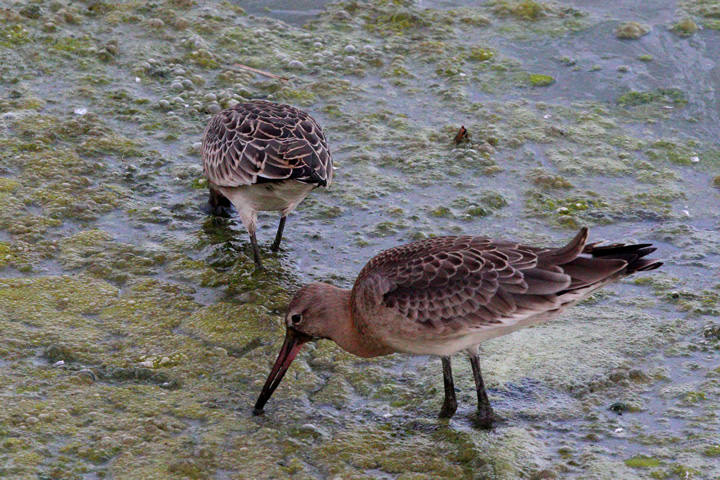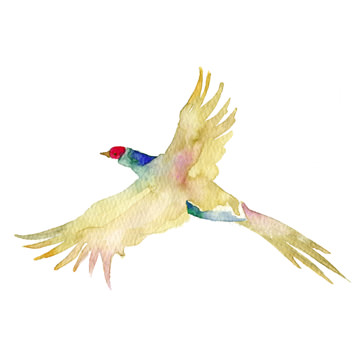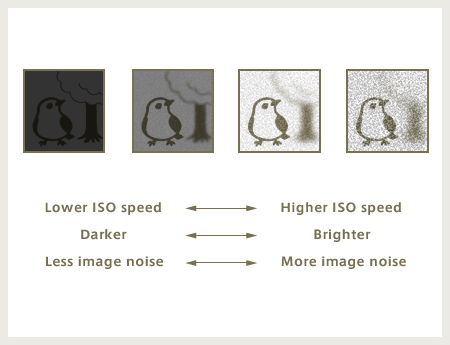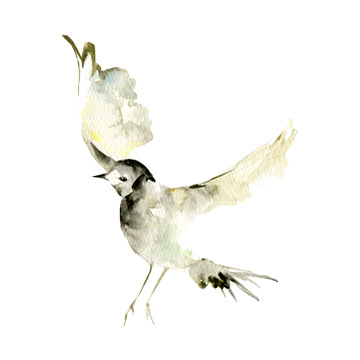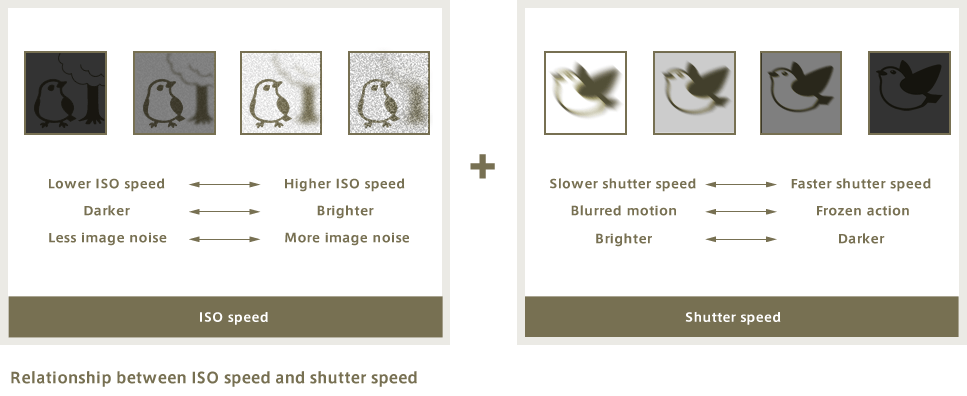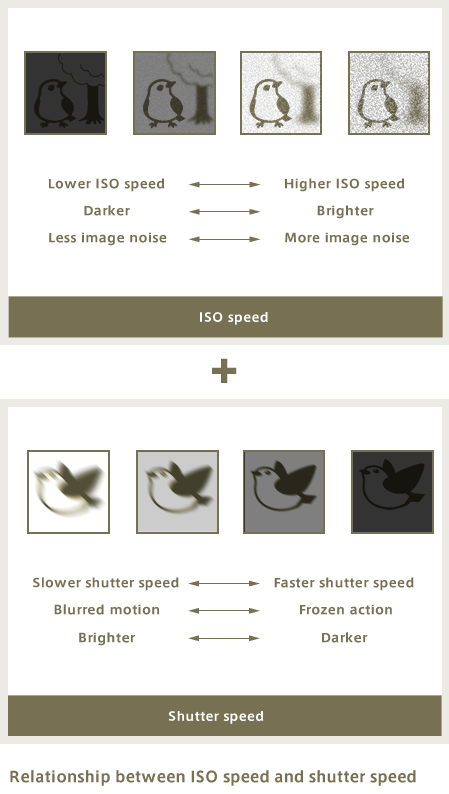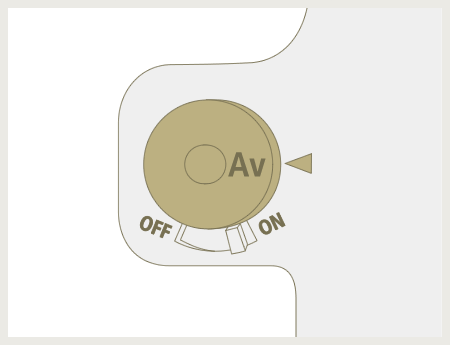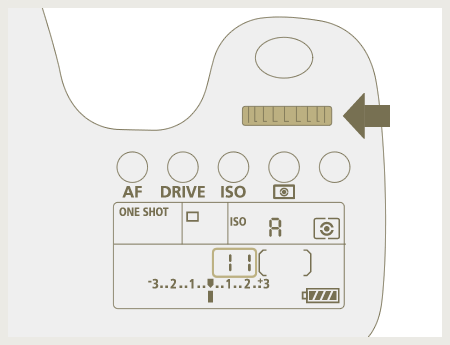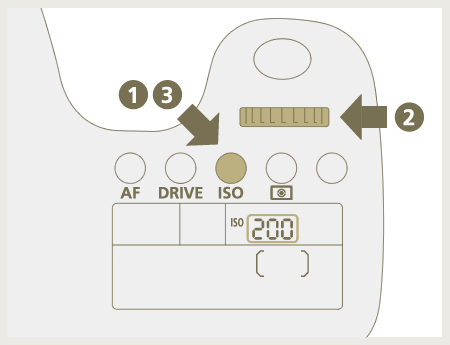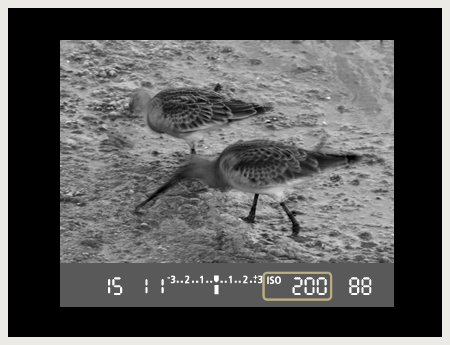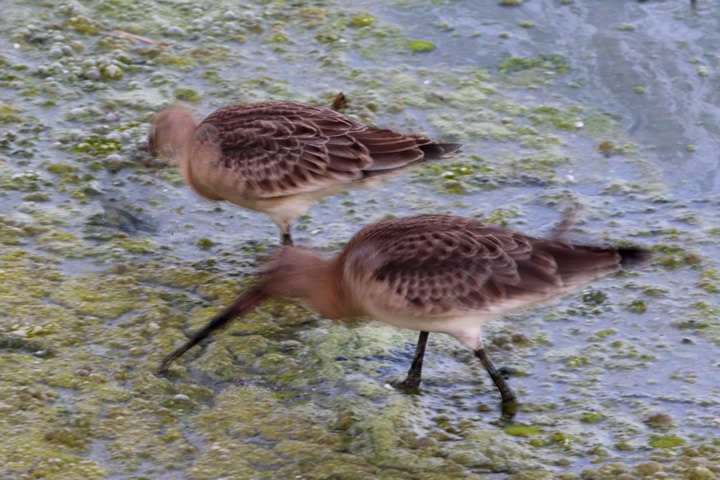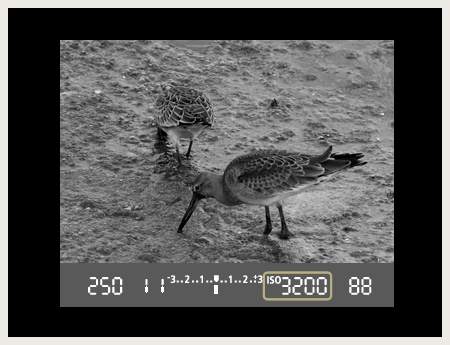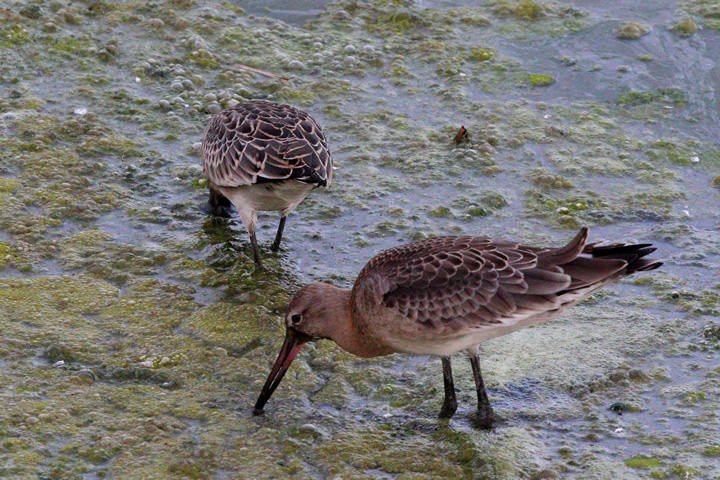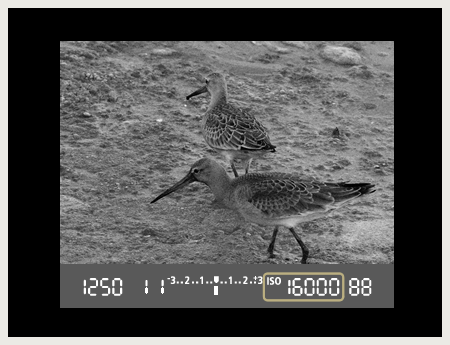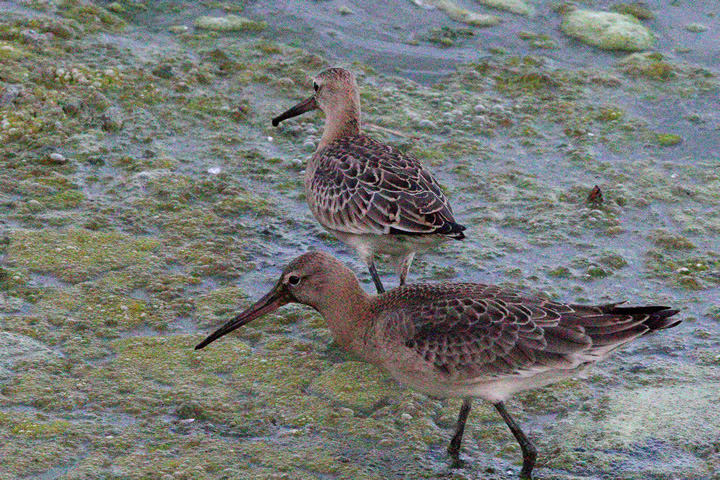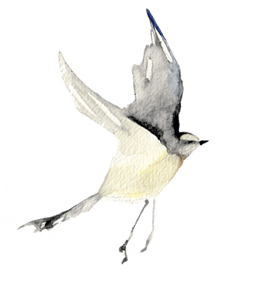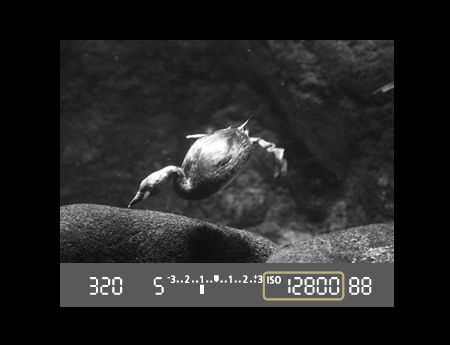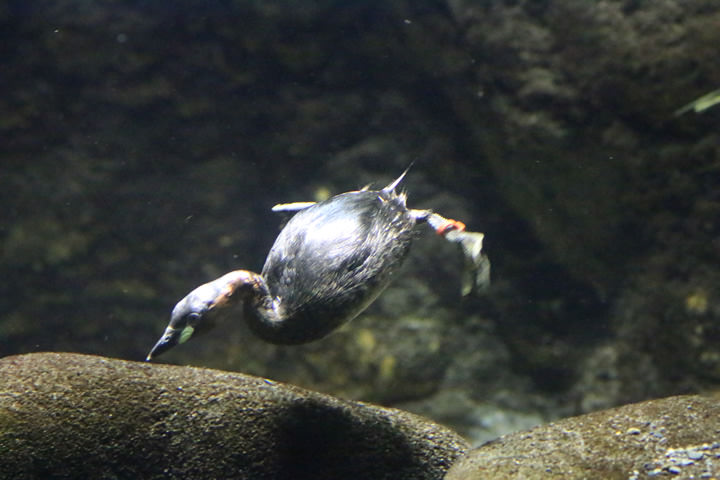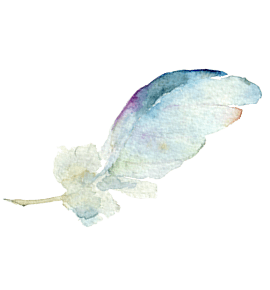I tried to photograph a species of little grebe using a small spotlight in a dark interior zoo environment. I set the mode to Tv (shutter priority AE). Despite being a bit grainy, I was pleasantly surprised by the brightness and high quality of the photo.
Camera settings: Tv (shutter priority AE) mode + ISO speed ISO12800 + exposure compensation -1
how to
photograph
wild birds
Mastering brightness with the ISO speed setting
I understand the settings of the Tv and Av modes, but my pictures come out dark or blurry. You can solve these problems by adjusting the image sensor's sensitivity to light.
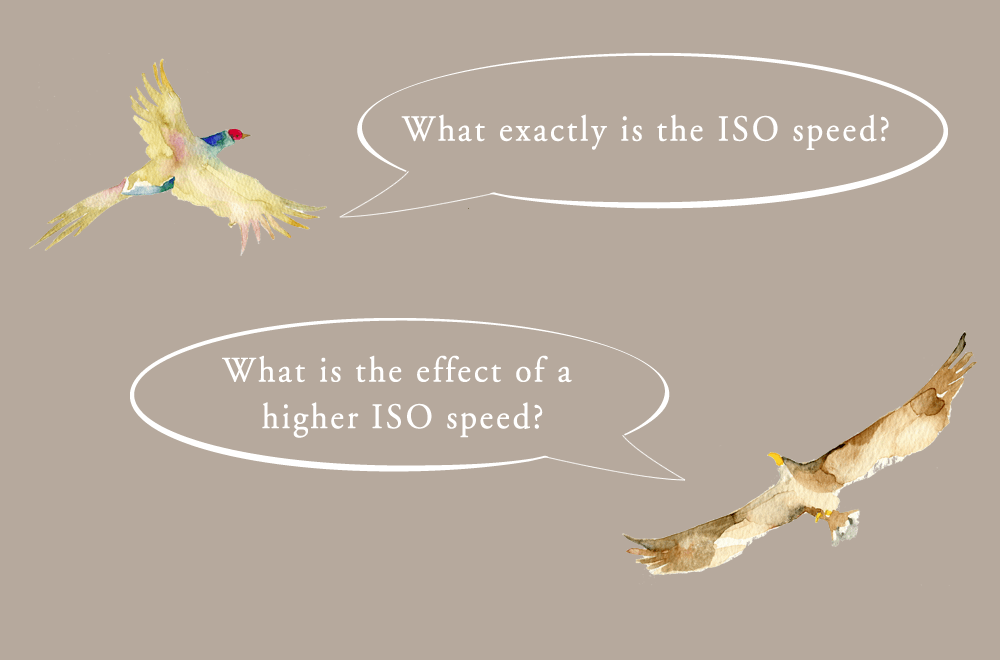
This photo was taken in the evening with the sun hidden behind clouds as it was beginning to get dark.
The black-tailed godwits were walking around and pecking the mud looking for food. By increasing the ISO speed to ISO3200 and setting a relatively fast shutter speed of 1/250 of a second, I was able to freeze the motion of the bird's head.
- Aperture value: f/11
- Shutter speed: 1/250 second
- ISO speed: ISO3200
- Exposure compensation: 0
- Focal length: 700mm
- DSLR Camera (APS-C image format)
